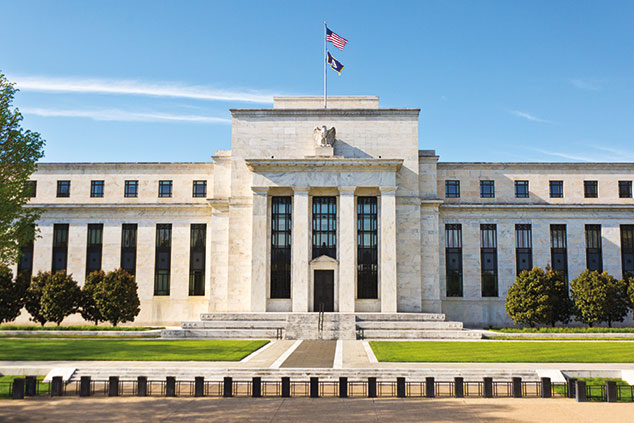
After the crisis the Fed bought $4trn in assets with printed money in three rounds of QE. It began to unwind the programme in 2017 as the economy improved. Yet this “quantitative tightening” has created an unexpected shortage of dollars in money markets. That caused rates to spike as high as 10% last month in the “repo” market, where banks go for short-term loans. Some have billed the latest round of purchases as “QE4”, the fourth round of easing since 2008, notes Matthew Klein for Barron’s magazine. That is misleading. There is a complex and ever-changing relationship between the size of the Fed’s balance sheet, how many dollars are sloshing around the system and prevailing interest rates in the real economy. Getting the mix right is “more art than science”.
It doesn’t help that the Fed tries to control the size of its balance sheet rather than letting it be determined by market demand for cash. The key point for investors is that while full-on QE is intended to ease lending conditions and stimulate the economy, the latest measures have a far more limited objective: to clear short-term blockages in the financial system.
The Fed had to act, says Matt Egan on CNN. Sustained pressure in repo markets could cause it to lose control of short-term borrowing rates altogether – “a problem because that’s precisely how the Fed influences the economy”. Officials say the new purchases are just a matter of fixing the plumbing. That is probably true. “But as many homeowners know, even plumbing problems can turn into bigger ones.”